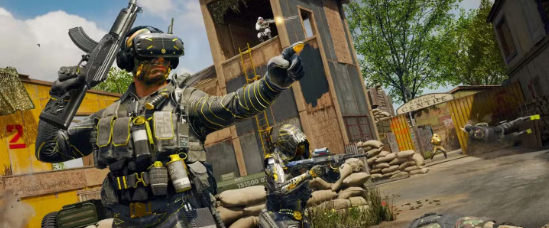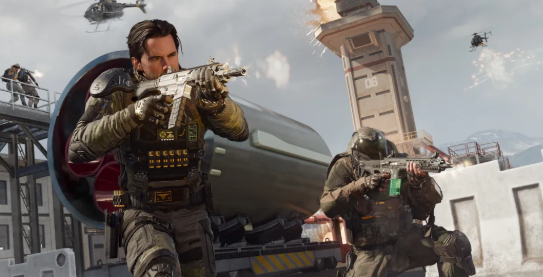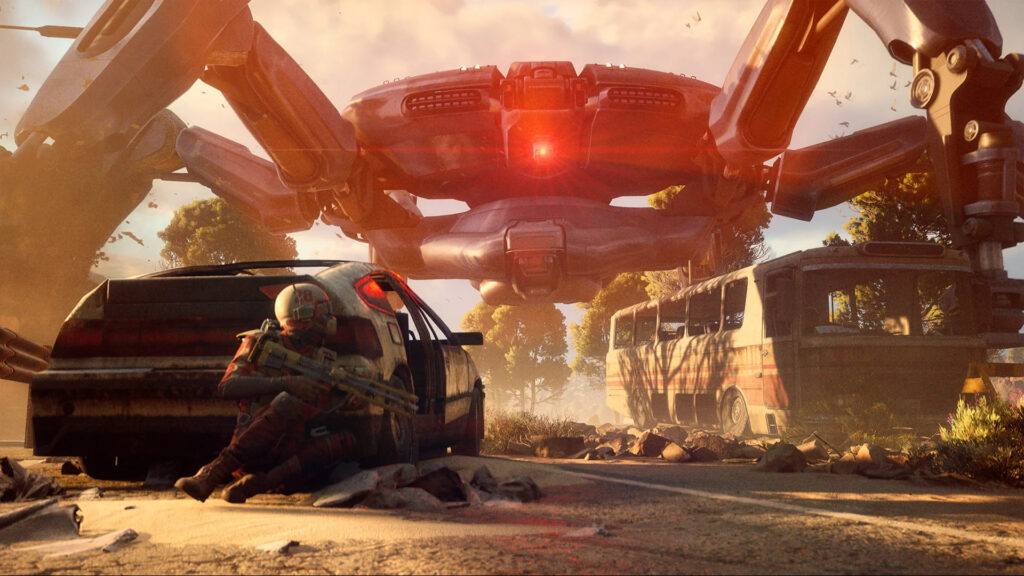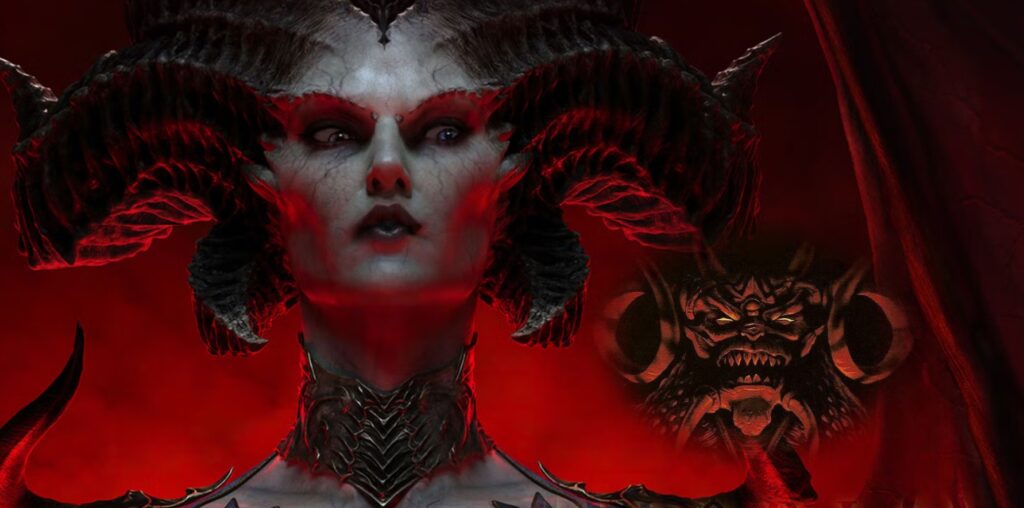If you have been holding out for a Zombies mode that really mixes old-school survival with all the modern open-world stuff, Black Ops 7 gets surprisingly close to that sweet spot, especially once you start looking at CoD BO7 Boosting and how it fits into the grind. You are not just looping around a tiny arena any more; you drop straight into thick, infected city blocks where the pressure kicks in almost instantly.
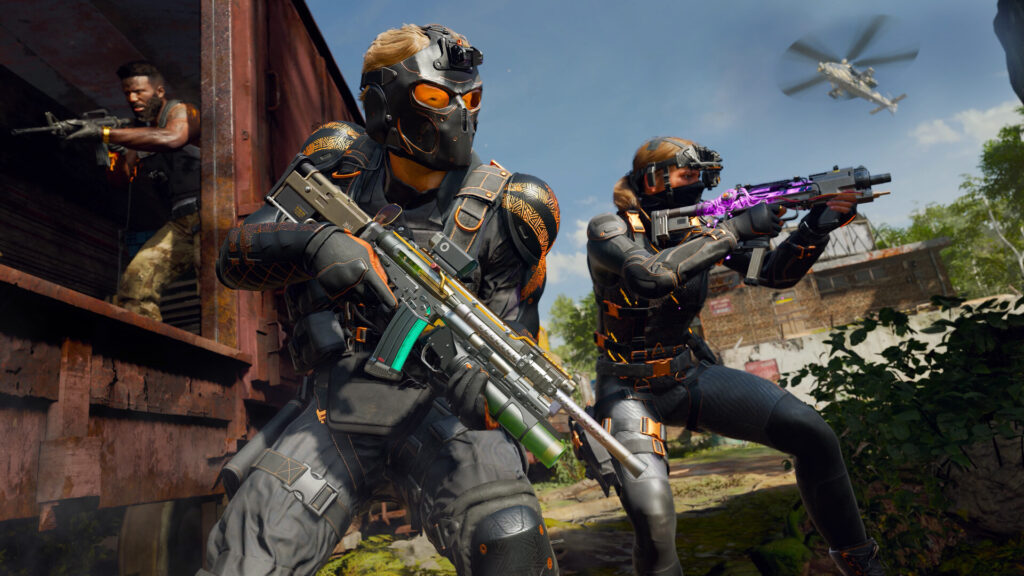
It feels less like camping for rounds and more like being dropped into a bad night in a quarantined district. If you like playing solo, mic off, worrying about perk order and tight movement lines, the pacing still works. If you jump in with a full squad, the mode scales up fast but does not feel like the game is fighting you every step.
Contracts And Rising Tension
The big switch is how everything revolves around contracts instead of clean round numbers. It looks a bit like Outbreak at first glance, but once you start running it, it is more focused and a lot less messy. You pick up jobs like protecting a zone, escorting a drone, or clearing out a nest, and each one nudges your World Tier higher. Tier 1 is almost a warm-up lap, where you test guns and perks and mess around.
By the time you are in Tier 4, it is pure chaos, with elites stacking up and mistakes getting punished hard. That is where the real tension hits: do you pull out with what you have, or risk another contract when you are low on plates and your armor is hanging by a thread? That “one more run” feeling sneaks up on you, especially when you know you should have left ten minutes ago.
Maps, Modes, And Different Ways To Grind
On the map side, the launch offering is stronger than you might expect. The main map actually feels like something built for puzzle hunters, with districts that loop into each other and that familiar “there has to be a secret here” vibe players got from stuff like Die Maschine or Firebase Z. You can chase the big Easter Egg if that is your thing, or just let the story sit in the background while you farm contracts.
If you just want to log on and shoot for half an hour, Arena Survival is the easy pick. It is straight to the action, good for quick XP, and you do not need to spend half the match setting up. On top of that, Dead Ops Arcade 4 is back as the silly, top-down escape when the main mode gets too sweaty and your brain needs something a bit more arcade and a bit less stressful.
Loadouts, Perks, And Element Choices
Loadouts matter way more than you might think at first. If you go in undergeared at higher tiers, you will feel it. Early on, a simple Combat Knife is kind of a cheat code. It one-shots standard zombies in the low tiers and stacks salvage fast, so you can build up upgrades without wasting ammo or time. Once things start getting messy, swapping into an AMR9 for tighter indoor fights makes sense, while the Krig 6C holds mid-range lanes where you need stability, not flashy stats.
When it comes to Pack a Punch, random spending is a trap. Sitting on your Essence until you can hit that third-tier damage spike at 30000 is usually worth the wait. For ammo mods, starting with Cryo-Freeze keeps the crowd under control, but once heavies and elites start walking in like they own the place, switching to Dead Wire changes everything, since the chain hits can clear a pack faster than most players expect.
Why It Hooks Long-Term
What makes BO7 Zombies click is how it respects both styles of play. You can chase Easter Eggs and perfect routes, or you can treat it like a contract-based loot run that keeps you grinding for better gear, camo, and upgrades while you figure out how far you are willing to push before extracting. The mode feels like it was built by people who actually play this stuff at 2am on a work night, knowing full well they should log off but queue up anyway. When you add in the different maps, side modes, and the constant push for stronger builds or even a bit of help from services like CoD BO7 Boosting buy, it is pretty easy to see this turning into the Zombies mode people stick with for months, not just a weekend test run.
